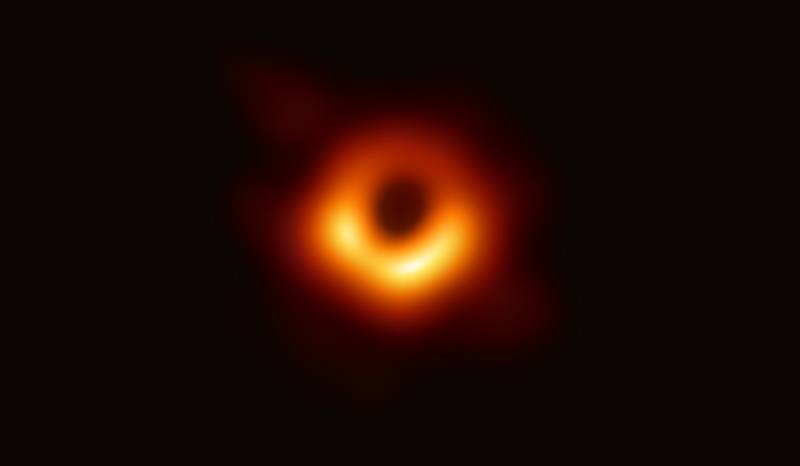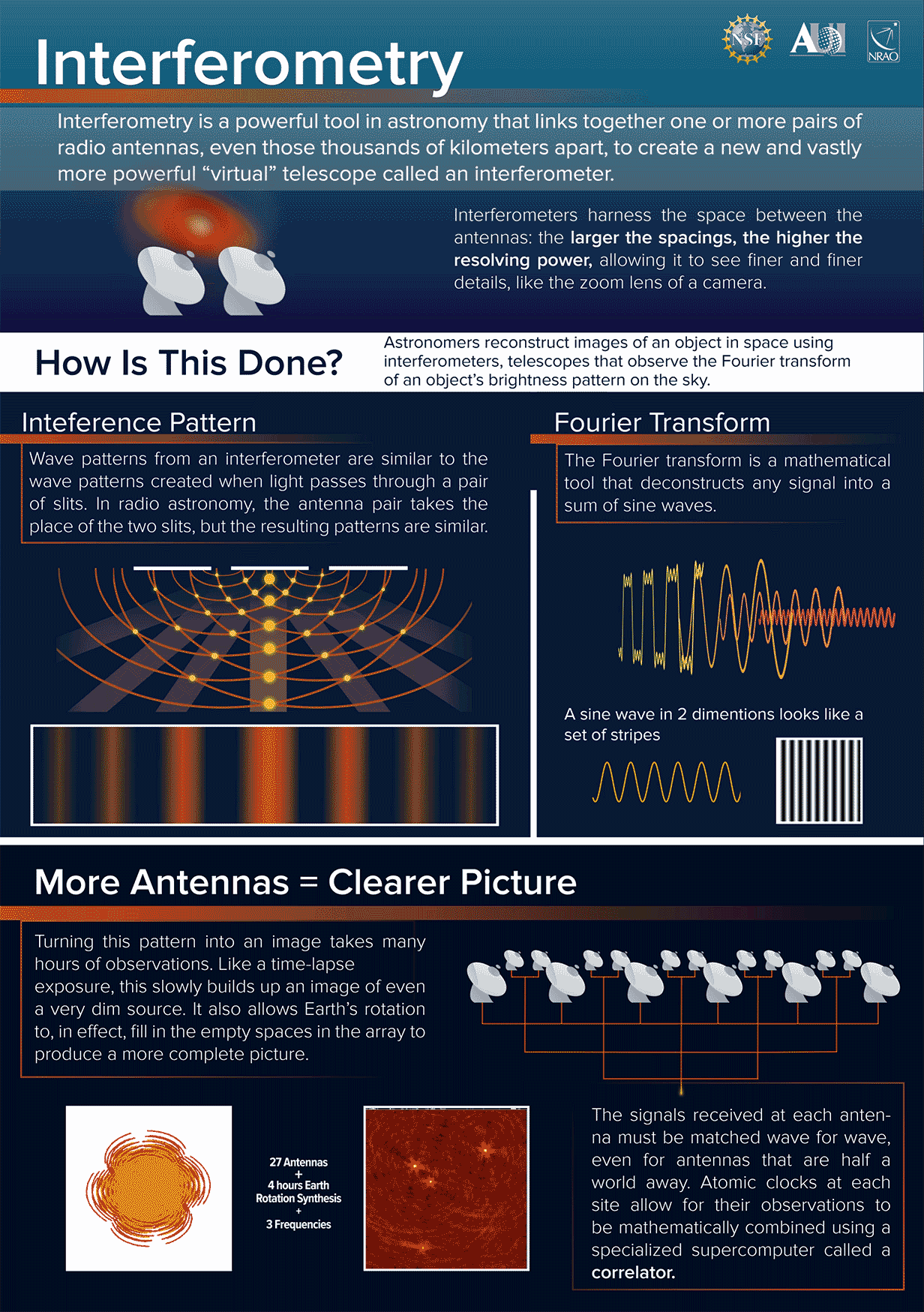Texas State faculty member sheds light on groundbreaking black hole image
Manuel Garcia | April 19, 2019



An international team collaboration of astronomers broke technological and scientific barriers on April 10, as the first image of a black hole orbited the Web. Using the Event Horizon Telescope (EHT) and a method called interferometry, scientists synchronized radio antenna telescopes throughout the world, simulating a telescope-size equivalent with the face of the earth. The farther apart the telescopes are, the finer the details will be in an image, which brings us to this exciting discovery.
The black hole is estimated to be 50 to 55 million light-years away, explains Dr. Blagoy Rangelov, assistant professor of physics at Texas State University. According to the Event Horizon Telescope website, more than 200 researchers from around the globe collaborated to make the image come to life. Being 6 million times the size of the sun, it’s safe to say this discovery is a huge achievement in the world of astronomy.
“It’s beyond anything we’ve had in recent years…it’s a huge jump. Also, it is the first time that you can directly see what’s happening in the immediate vicinity of the black hole. We’ve never been able to do that before and it’s also the first time where now based on this image... we will be able to tell or determine specific properties of the black hole itself rather than just make educated guesses,” said Dr. Rangelov.
The image is actually a shadow of the black hole, because light cannot escape and defines the bright orange ring surrounding the black hole.
“Any material in the vicinity of the black hole will be pulled toward the black hole because of its strong gravitational force. As the material spirals closer and closer to the black hole, it forms what is called an accretion disk...until at some point the material collapses inside the black hole,” said Dr. Rangelov. “The [orange] light, which is the accretion disk, that we are seeing left the galaxy about 55 million years ago…so we’re looking back in time.”
Found in the elliptical galaxy Messier 87, the black hole’s mass is much larger than the one in our Milky Way galaxy. Dr. Rangelov believes that scientists are already researching black holes in other galaxies, as well as in our own.
Share this article
For more information, contact University Communications:Jayme Blaschke, 512-245-2555 Sandy Pantlik, 512-245-2922 |